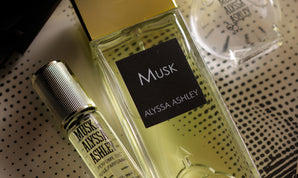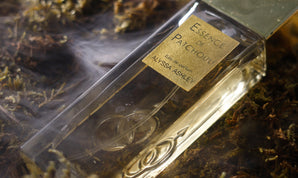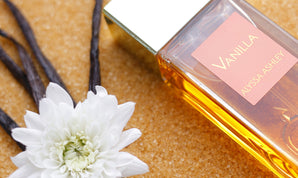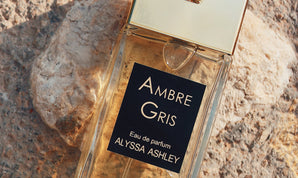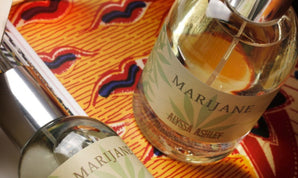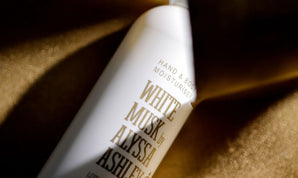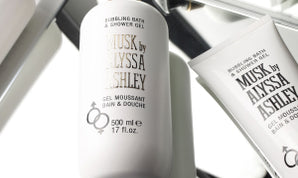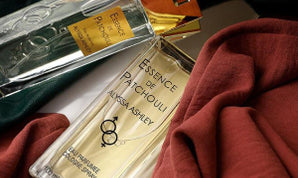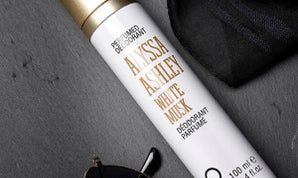Just like for the art of creating a fragrance, where you can play with different essential oils in order for the final composition to have a certain olfactory facet, matching wine with food should reach the right balance to avoid that the flavour of a meal might cover the taste of the wine and the other way around .
In the matching you must keep in mind some important data. Our palate perceives four main flavours , either for wine or food: sweet first, which disappears within ten seconds, then sour and salty, which also go away rapidly and in the end the bitter taste, slower to appear and disappear. To make things more complicated some mechanisms make the salty to exalt the bitter, or the sweet softens the other and so on.
Types of food/wine matching
There are three principles generally applied to wine/food matching:
- concordance
- contrast
- tradition
With the first two we consider tactile and gustatory sensation for food ( sapidity, sour tendency, bitterish tendency, sweetness ,fatness, greasiness and succulence) and we search for a similar or opposite characteristic in the wine.
A good example of concordance is when we match Sangiovese with salmis of bush meat . A rustic dish, very tasty, nearly metallic; Sangiovese is a wine with very important evolved aromas of underwood spices, which are already contained in bush meat.
Here the body of the sauce is balanced with the tannin contained in the Sangiovese. An example of combination by contrast is when we match a cheesy cream, made with thick cream or milk, with a white wine with a good acidity and sapidity. In this case we have very fat elements well balanced with the harder ones.
The matching by tradition is linked to classic combinations which sometimes don't go logically well together. This is why it is the most difficult to maintain. As an example Castelmagno with Barolo. The first is a cheese made with cow milk coming from 1600mt height Alps. It is extremely herbaceous, bitter and very persistent. The main characteristic of Barolo, and Nebbiolo wine in general, is the tannin which is very bitter. Therefore we add the bitterness of the cheese to the one of the wine and we can't understand if one of the two has a problem.
Other examples of classic matching are "" bollito misto"" ( italian stew ) with Barbera d'Asti; salmis of hare and Barolo, the "" finanziera"" ( beef dish) with Dolcetto d'Alba, the ""fiorentina"" steak with Classic Chianti, San Daniele ham with Collio Ribolla Gialla, Sicilian cassata with Passito di Pantelleria.
Food/wine matching rules
One of the rules to follow is to go upwards with both, starting from light tones towards stronger ones. It would be impossible to begin with a strong flavoured starter and then have a main course with delicate tones, there should be a parallel progression of of food and wine going up in flavour together. If we want to impose ourselves stricter rules, white wines should open a meal followed by Rose' and red wine only in the end; low alcoholic strength wines should be served before those with a higher alcohol concentration; we start with dry wine to pass onto the medium sweet ones to end with the sweet ones.; cold wines should be served before the room temperature ones.
It's clear that there might be exceptions: if we serve for example a lever pate' combined with a Sauternes, we could easily go back to a more delicate main course with a drier less alcoholic wine.
In the end there is certain food for which the matching is impossible or nearly: pickles , salads( dressed with vinegar or lemon),raw artichokes, very spicy dishes, chilly pepper, chocolate, fruit salad particularly if served with liquor or ice cream.
Did you know that...
To conclude and reinforce how important is to combine what we eat and drink I'd like to tell the origin of the Italian way of saying "" Farsi infinocchiare"". Its meaning is "" to be taken in"" or "" to get spun"" and it comes from a medieval tradition whereby Veneto innkeepers used to serve lower quality wines with a tray of fennel as snack. This is because the taste of fennel covers all the others palate sensations and therefore the customers were not able to realise how cheap the wine was!
